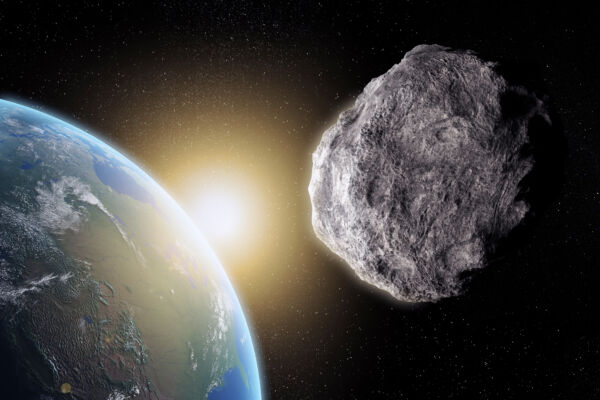Scientists have announced the discovery of a newly found small asteroid that will be trapped in Earth’s orbit this month due to gravitational forces, becoming Earth’s “mini moon,” or the second satellite, but this situation will only last for about two months.
According to a report from IFLScience on September 14, the near-Earth asteroid discovered on August 7 has been named 2024 PT5. It has a diameter of approximately 10 meters.
Two astronomers from Complutense University of Madrid in Spain conducted research on the orbit of 2024 PT5.
They found that this asteroid will be trapped in Earth’s orbit from September 29 to November 25, before returning to its orbit around the sun to continue its journey in the solar system.
In other words, during this 56.6-day period, 2024 PT5 will become a “mini moon” due to Earth’s gravitational pull, becoming the second satellite beyond the moon.
Researchers say that 2024 PT5 may not be mistaken for space debris known as a “mini moon” but rather classified as a Near-Earth Object (NEO) of the Arjuna asteroid type. These asteroids are defined as NEOs with orbits similar to that of Earth.
According to data provided by the Jet Propulsion Laboratory of NASA, the absolute magnitude of 2024 PT5 is 27.6, which means it is very faint and cannot be observed by most amateur telescopes. Therefore, when it enters Earth’s embrace, it will not be visible to the general public.
Previously, an asteroid named 2022 NX1 was captured by Earth’s gravity in 1981 and 2022, briefly becoming a “mini moon,” and astronomers predict it will return in 2051.
Similarly, 2024 PT5 is also expected to play the role of “mini moon” multiple times. After departing in November this year, it will return to Earth’s orbit in January 2025 and again in 2055.
The duration of an asteroid’s gravitational capture near Earth varies. For example, in 2006, a small asteroid orbited Earth for about a year, while another remained in orbit for several years, only leaving in 2020.
The above research findings were published in the Research Notes of the American Astronomical Society journal.

